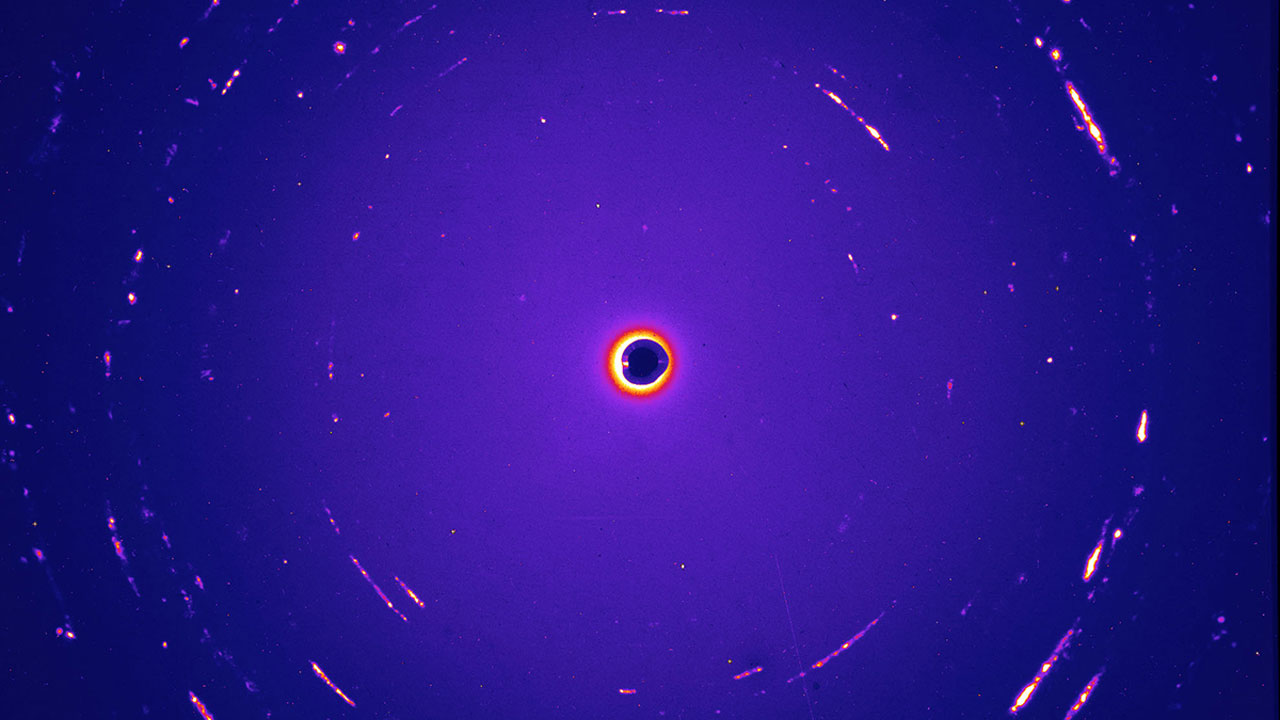NASA’s aptly named Stardust spacecraft caught some particles from the comet Wild 2, which it delivered to Earth in 2006. The results of the dust’s analysis have now been published. Scientists have not been able to determine where in the universe these grains came from, but they do know that they are composed of a “magnesium-iron-silicate mineral called olivine, ” which means they “could not have come from the spacecraft itself or its collectors.” A good first step!
Researches were surprised to discover the crystalline shapes of the tiny rocks. They hadn’t even melted from the high radiation of open space:
“Our models say they shouldn’t be so big and they are more crystalline than expected,” says Bruce Draine at Princeton University, an authority on interstellar dust. “But that doesn’t mean they aren’t interstellar grains.”
The particles could have survived thanks to radiation pressure exerted by the sun slowing them down to a velocity in the region of 5 kilometres per second, says Stardust scientist Andrew Westphal at the University of California, Berkeley. Similarly slow collisions created in lab experiments yield similar aerogel tracks as those left by the examined particles.
The analysis of this matter has only began, with only about a third of the grains captured studied so far. “The interstellar medium is interesting because fundamentally, it’s what we’re made of,” Andrew Westphal told New Scientist. “Like the Apollo mission, these samples are undoubtedly going to be studied for years to come.” (Image: Zack Gainsforth)



